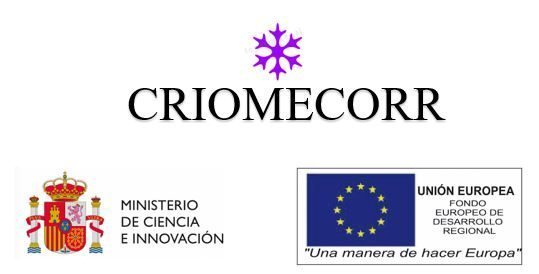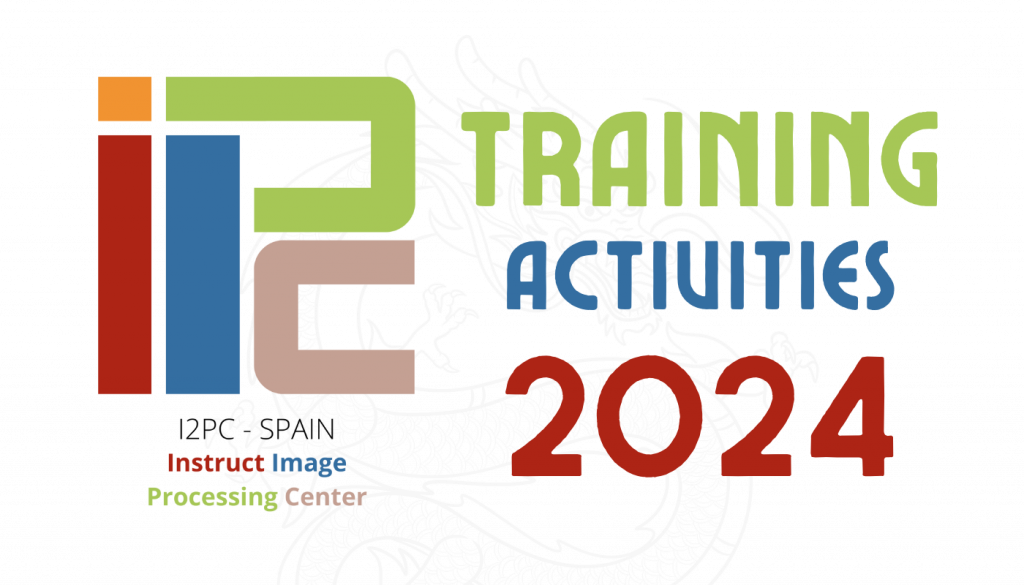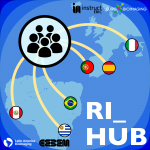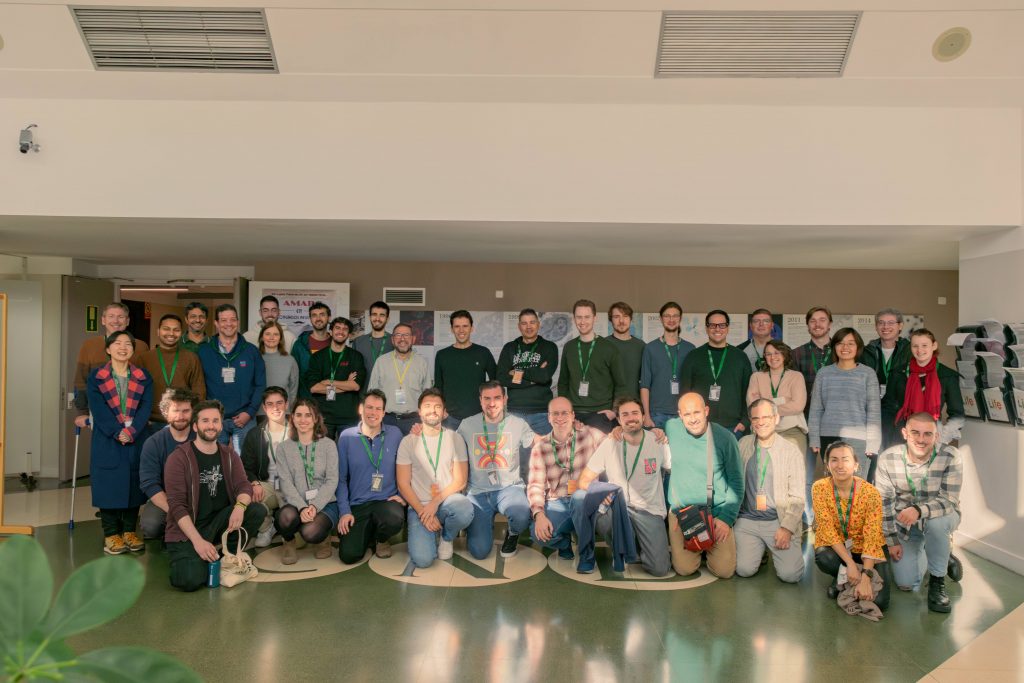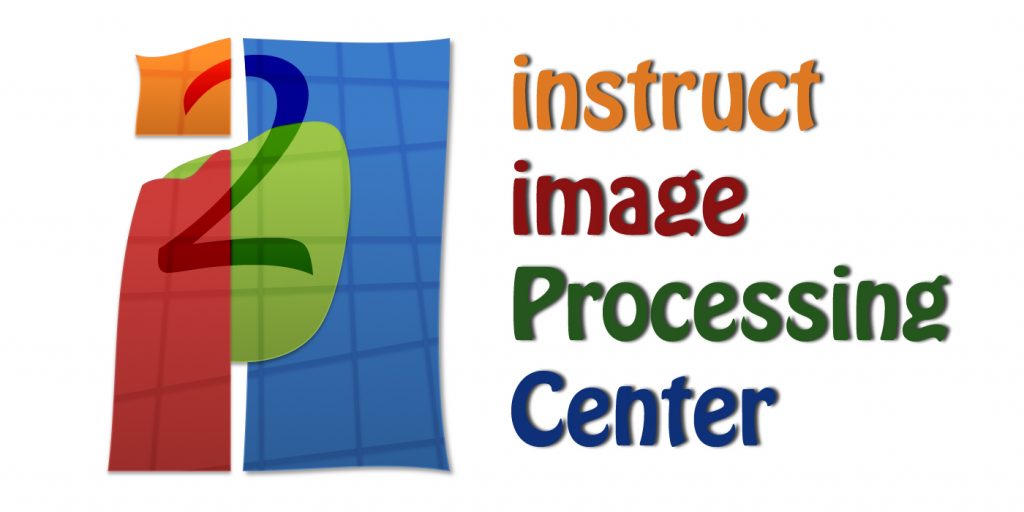Venue
National Center for Biotechnology (CNB), Madrid, Spain
Madrid, April 07 – 11, 2025

Overall Aims and Course Outline
Cryo-Electron Microscopy (CryoEM) has become a well-established technique for determining the three-dimensional structures of biological macromolecules. It currently achieves atomic resolution and enables the study of conformationally heterogeneous samples as well as macromolecular complexes. CryoEM complements other structural techniques such as X-ray crystallography and Nuclear Magnetic Resonance and is currently the fastest-growing technique in atomic structure depositions in public databases like the PDB.
The aim of this course is to introduce participants to the analysis of conformational flexibility/heterogeneity, a crucial step in CryoEM image processing to obtain dynamic information in the form of conformational landscapes. The I2PC has extensive experience in organizing courses on this topic, with previous editions being in high demand.
This course is intended for researchers at all levels.
Motivation for the I2PC Course on Conformational and Compositional Heterogeneity
The goal is to introduce researchers to flexibility/heterogeneity analysis, one of the most advanced areas in Single Particle Analysis (SPA). The course will cover the theory behind the most commonly used methods in the field and include hands-on practical sessions within the Scipion Flexibility Hub environment, facilitating the use of multiple tools within a single workflow.
Expected Impact for Young Researchers
Flexibility analysis in CryoEM is an emerging technique that enables the capture of different conformations of studied macromolecules. Gaining expertise in this area provides an added value for researchers with prior experience in CryoEM image processing, enhancing their analytical capabilities and understanding of the structural dynamics of biomolecules.
Contacts
Lead contact:
Carlos Oscar Sorzano
email: coss@cnb.csic.es
Administrative Contact:
Blanca Benitez
email: blanca@cnb.csic.es
Tutors
Marcos Gragera(MG) – Single Particle Analysis specialist, BCU/I2PC
David Herreros (DH) – Flexibility Hub head developer, BCU
Carlos Oscar Sorzano (COS) – Group leader, BCU; Technical Director, I2PC.
Slavica Jonic (SK) – Research Director, CNRS
Registration Fee
- Academic Registration Fee Instruct countries: Predocs & Postdosc 50€
- Academic Registration Fee Instruct countries: Others 100€
- Academic Registration Fee Non Instruct countries: Predocs & Postdosc 100€
- Academic Registration Fee Non Instruct countries: Others 150€
- Industrial Registration Fee 300€
ACOMMODATIONS
- Hotel Chamartín The One (****): Calle Agustín de Foxá, s/n 28036 Chamartín, Madrid. Reservas: reservas@hotelchamartintheone.com
- Hotel Exe Plaza (****): Paseo de la Castellana 191, Madrid, 28045, España. Reservas: reservas@hotelexeplaza.com
- Hotel Crisol Via Castellana (****): Paseo de la Castellana, 220, Madrid, 28046, España. Reservas: reservas@hotelviacastellana.com
Additionally, on our campus, there is a student residence that might have rooms available for those dates. Here are the links:
Residencia UAM: https://resa.es/residencias/madrid/erasmo/
Agenda
Times are expressed in CET time Zone
|
DAY 1: |
09:30-10:00: Introduction to Scipion 11:00 – 11:30: Coffee break 13:00-14:00: Lunch break 16:00 – 16:30: Coffee break |
|
DAY 2: |
9:30 – 10:00: Review from the previous day 11:00 – 11:30: Coffee break 13:00 – 14:00: Lunch break 16:00 – 16:30: Coffee break 17:00 – 17:30: End of the day |
|
DAY 3: |
9:30 – 10:00: Review from the previous day 11:00 – 11:30: Coffee break 13:00 – 14:00: Lunch break 16:00 – 16:30: Coffee break |
|
DAY 4: |
9:30 – 10:00: Review from the previous day 11:00 – 11:30: Coffee break 11:30 – 12:15: MDSPACE (Theory) 13:00 – 14:00: Lunch break 14:00 – 14:30: MDTOMO (Theory) 16:00 – 16:30: Coffee break 16:30– 17:00: Other methods in ContinuousFlex (TomoFlow, data synthesis for testing methods for conformational landscape estimation, …) |
|
DAY 5: |
9:30 – 10:00: Review from the previous day 11:00 – 11:30: Coffee break 13:00 – 14:00: Lunch break |

